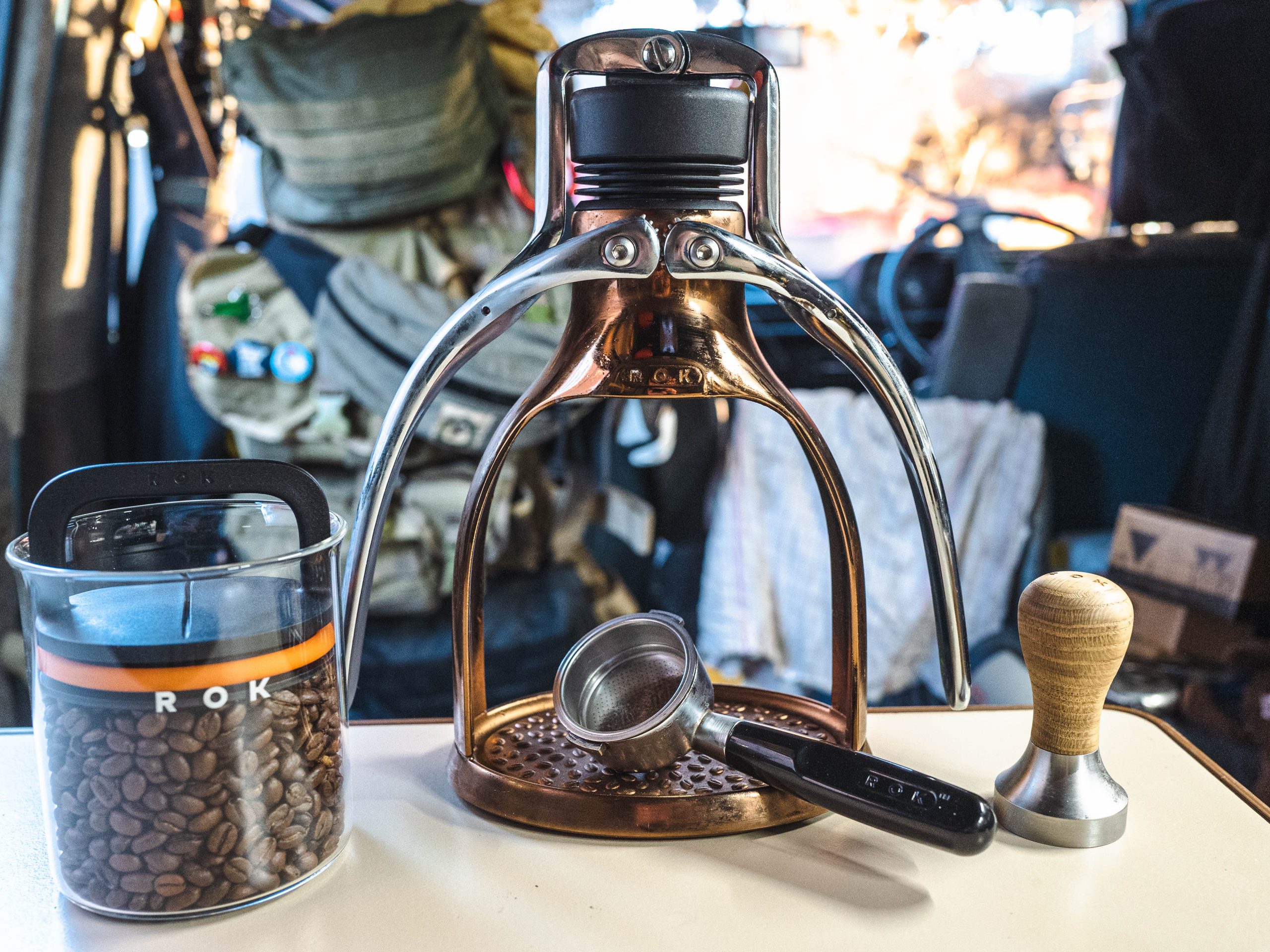Minimalism, weight saving, and packing just the essentials are common themes throughout my articles, and crucial when planning an overland trip. Do you need that extra pair of shoes? No. You’re seriously packing three cups? Why haven’t you cut your toothbrush in half? Those extra ounces make a difference!
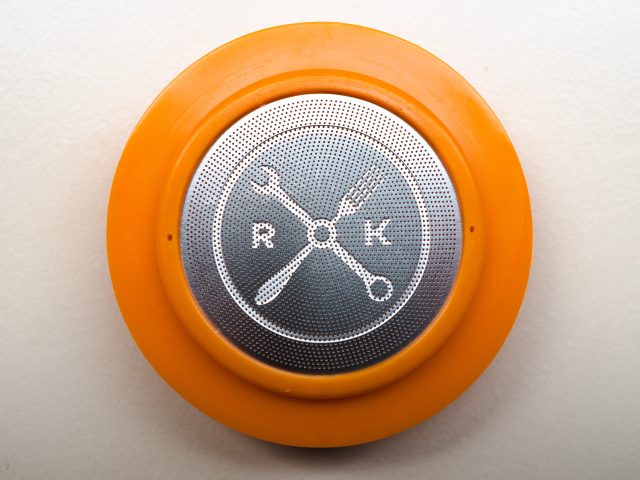
Now, if you’ll excuse me, I’m going to prepare a coffee with my mobile, 6.6-pound, manual-press espresso maker crafted from steel, cast aluminum, and glass-composite. The big question is, do I use the standard portafilter? Or do I opt for my alternative specialist naked portafilter? Also, did anyone see my beechwood and steel tamper? You must be out of your mind if you think I’m drinking espresso without tamping my coffee first. Anyway, as I prepare my espresso, I want you to have a long hard think about all the unnecessary luxury items you’ve packed. Shame on you.

Okay, so I have some explaining to do. I love coffee, and while I’m pretty ruthless with my pack list, I will make allowances for items that make every day a little better. Living on the road, it’s often small pleasures that make all the difference, especially when you’re on a strict budget. These could be as simple as a warm shower, clean bed sheets, a decent meal, or, in this case, a good coffee. I’ve always been a “food for fuel” kinda guy, and while I value good food and drink, I can just as easily view it as calories in versus calories out. I’m also someone who is forever chasing personal and professional deadlines, filling every moment of the day, and feeling guilty when I don’t. The process of making a good coffee, i.e., choosing a roast, grinding the beans, heating the water, tamping the portafilter, and pressing an espresso slows me down. It’s a moment just for me. While it may seem excessive, it’s a little ritual that I enjoy daily.
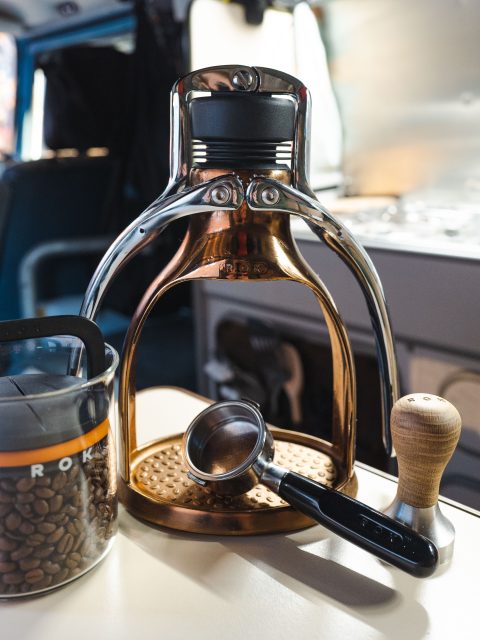
ROK, based in London, produces hand-polished manual press espresso makers that are designed to produce excellent espresso without the need for electricity or capsules. Sustainability is at the heart of the company, with one of its key slogans being “Lifetime Use Vs. Landfill,” which reflects its mission to create machines that last (including a 10-year warranty). ROK states: “Our philosophy is anti-obsolescence. [The company was] launched 20 years ago, [and] those machines are still in service with happy users. Every improvement we have made over the years—and that includes doubling the power—have been provided as home-applied upgrade kits.” In fact, the company was awarded “smallest carbon footprint in its class” when its product was announced at the NAEEEC (National Appliance and Equipment Energy Efficiency Program). I have to say that the company’s commitment to continuously upgrading the original product, rather than simply replacing it is very admirable. As a long-term user, I’ve installed all of their latest kits and components to my machine, and they’ve made a huge difference to the performance while being fairly priced.
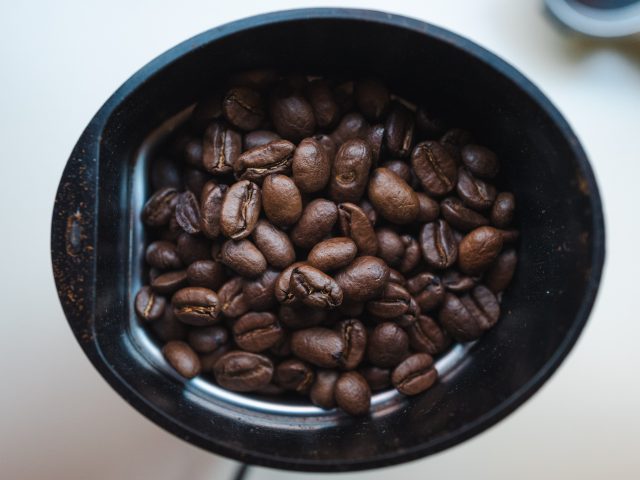
So, it’s well made and environmentally conscious, but what about the espresso it produces? In short, it’s excellent, but unlike an automated electric machine it requires practice, patience, and the perfect grind. Fortunately, there’s no shortage of tutorials online, which I’ve found extremely helpful when fine-tuning my process. Furthermore, thanks to the company’s continued efforts to improve the original design, they’ve made pouring the perfect espresso easier and more consistent than ever before. Once you’ve mastered the ROK, you can expect espresso that’s full-bodied, smooth, and complete with a thick crema. As a trained barista, I’ve trialed numerous espresso makers over the years, including lightweight options from AeroPress and Wacaco, various entry and mid-level machines from Nespresso, De’longhi, and Gaggia, and even commercial solutions such as the iconic Faema E61. The ROK produces espresso that either matches or exceeds almost all of them. Once you’re finished with the machine it can be packed with its accessories in the included lightweight storage container.
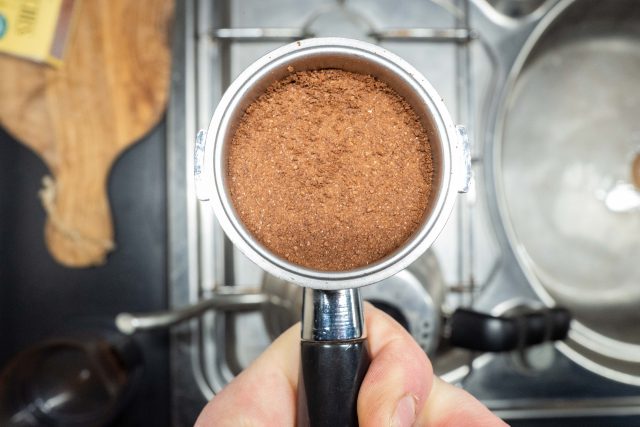
There are numerous more practical coffee makers for the road (the Wacaco Picopresso Travel Espresso Maker field tested by Matt Swartz is a great alternative), but arguably none provide the same build quality, user satisfaction, and quality of espresso. The price shown below is for the deluxe EspressoGC Explorer Edition, which also includes standard, crema-plus, and naked portafilters, a manual milk frother, dosing funnel, coffee spoon/tamper, and a clip-on double adapter. If you’d like a better idea of how this setup works in practice, then I recommend checking out their YouTube channel.
$269 | rok.coffee
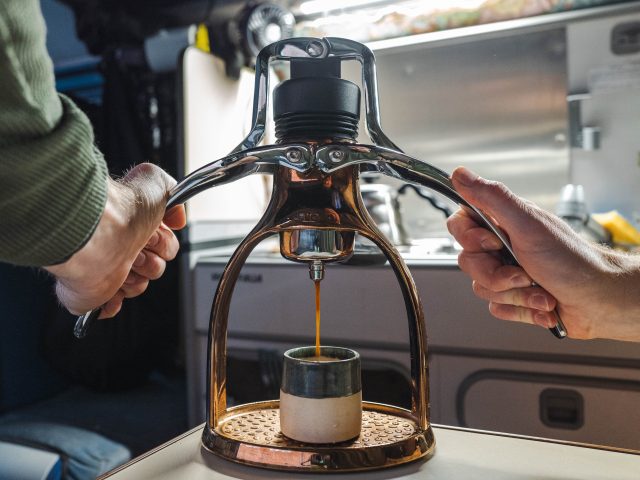
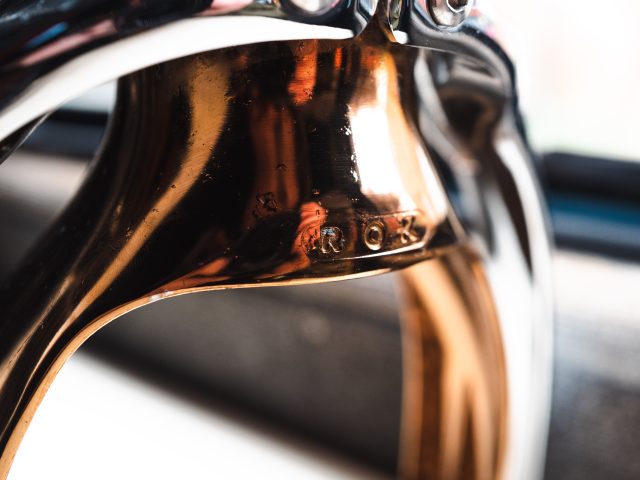
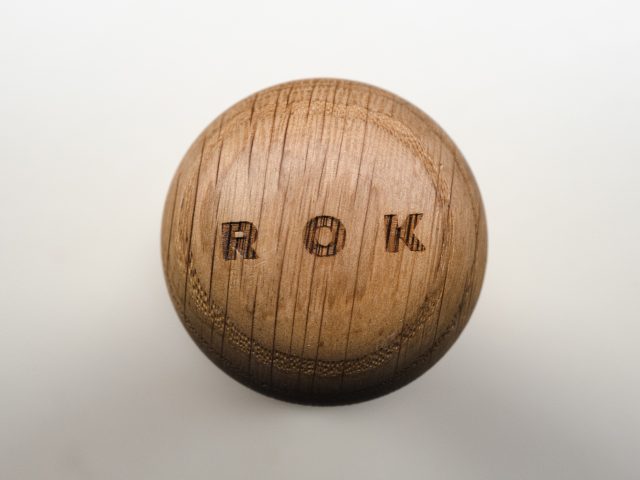
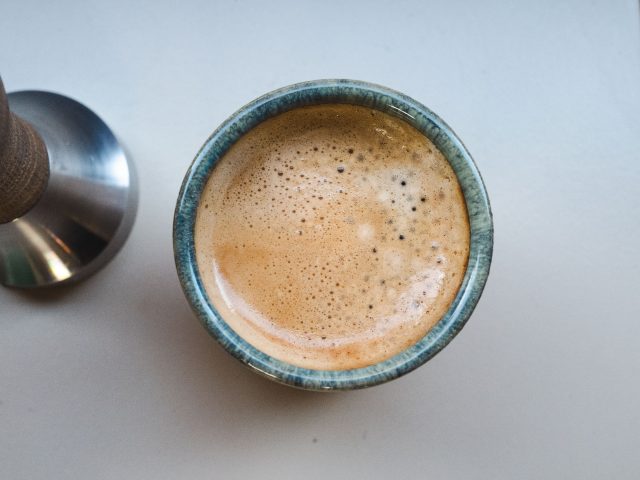
Our No Compromise Clause: We carefully screen all contributors to ensure they are independent and impartial. We never have and never will accept advertorial, and we do not allow advertising to influence our product or destination reviews.


